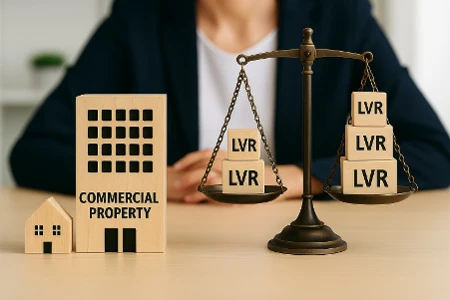Why loan-to-value ratios are lower for commercial property
Why the gap?
Commercial property lending is inherently more complex. These loans aren’t just about borrower income – they’re about tenant strength, lease terms, sector trends, and the security offered by the asset itself. For example, a commercial loan secured by a long-leased industrial unit in a prime location carries a very different risk profile than a vacant office building with short-term tenants.
Banks compensate for this by demanding more equity from borrowers. This lower LVR gives lenders greater protection in the event of a downturn, while placing more responsibility on the borrower to choose quality assets and maintain strong financials.
Higher deposits and stricter serviceability requirements can be a hurdle – but they also bring opportunity. Investors who understand how to structure their finance and present a strong lending case can benefit from more favourable terms, lower interest rates, and a clearer pathway to building a robust commercial portfolio.
Want to explore your options for a commercial property purchase or refinance? Click here to book a chat with our team.

